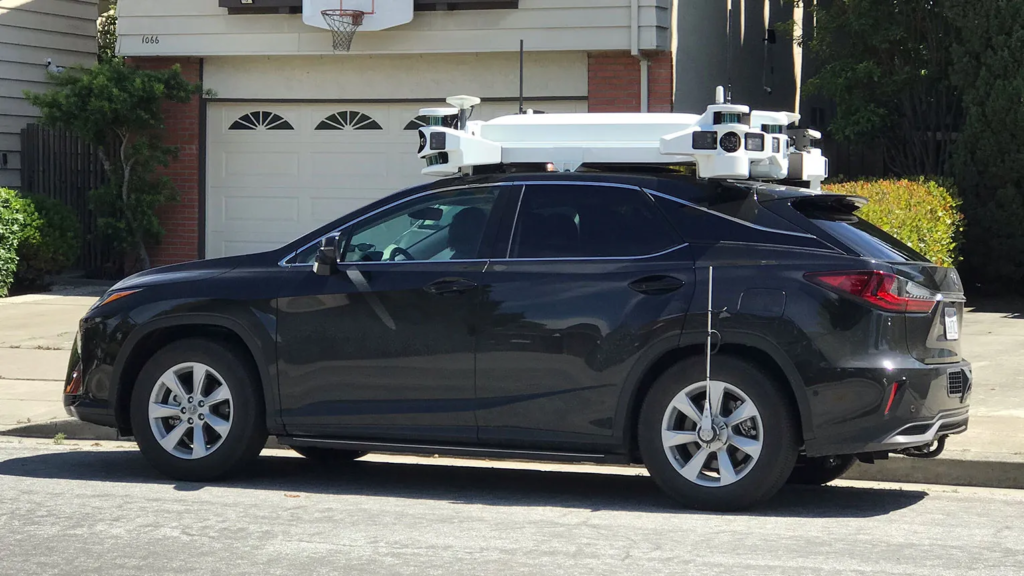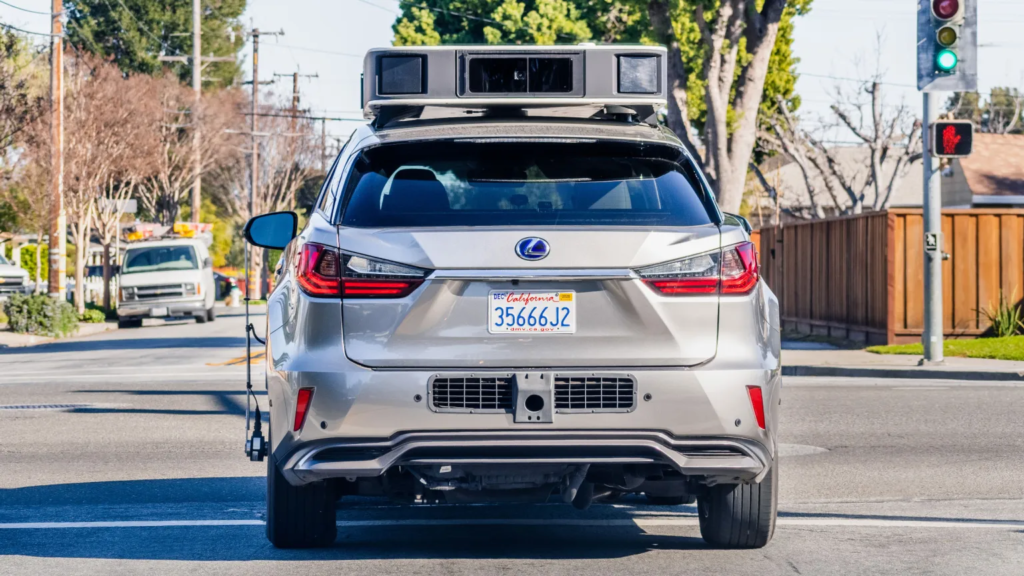Have you ever looked up at the sky and wondered how thousands of planes crisscrossing the globe don’t collide? With over 45,000 daily flights in the U.S. alone, the airspace is a bustling highway. Yet, thanks to the meticulous work of air traffic controllers (ATCs) and a clever system called jet squawking, our skies remain safe and organized.
Despite its quirky name, squawking is a cornerstone of aviation safety. It’s how planes identify themselves, communicate critical information, and even signal emergencies. But how does it work? Where did it come from? And what happens when things go wrong? Let’s dive into the fascinating world of squawk codes and uncover the secrets behind this vital aviation tool.
What is Jet Squawking?

The Basics of Squawking
At its core, squawking is a communication system that allows aircraft to identify themselves to air traffic controllers. Each plane is assigned a unique squawk code, a four-digit number transmitted via an onboard transponder. This code helps ATCs track the plane’s location, altitude, and status on their radar screens.
But squawking is more than just an ID system. It’s a lifeline for pilots and controllers, enabling them to communicate everything from routine updates to emergency situations.
Why the Name “Squawk”?
The term “squawk” has its roots in World War II, when British air traffic controllers used the phrase “squawk your parrot” to instruct pilots to activate their transponders. The name stuck, and today, it’s a standard term in aviation.
The History of Squawking: From WWII to Modern Skies
The Birth of Squawking
Squawking was born out of necessity during WWII. Early radar systems could detect aircraft but couldn’t distinguish between friendly and enemy planes. To solve this, the British Royal Air Force (RAF) developed a system called Parrot, which required planes to respond to a radio signal with a unique code.
Pilots who failed to respond or provided the wrong code were considered hostile. This system not only improved air defense but also laid the foundation for modern squawking.
Evolution of Transponders
Modern transponders are far more advanced than their WWII counterparts. Today, they use four-digit octal codes (ranging from 0 to 7) to create over 4,096 unique combinations. They also feature Mode-C, which transmits the plane’s altitude in 100-foot increments, giving ATCs a complete picture of the aircraft’s position.
How Squawking Works Today
The Role of Transponders
When an air traffic controller sends a 1030 MHz signal, the plane’s transponder responds with a 1090 MHz signal containing its squawk code. This exchange allows the radar to determine the plane’s location, speed, and altitude.
Pilots input their assigned squawk code before takeoff, but they can change it mid-flight to communicate specific issues or emergencies.
Common Squawk Codes
While most squawk codes are randomly assigned, certain codes are reserved for specific situations:
- 7500: Hijacking
- 7600: Radio failure
- 7700: General emergency (e.g., engine failure, medical crisis)
These codes are critical for ensuring swift and appropriate responses from ATCs.
The High Stakes of Squawking

When Squawking Goes Wrong
Misusing a squawk code can have serious consequences. One notable example occurred on September 11, 2001, when Korean Air Flight 085 accidentally signaled a hijacking. This led to a dramatic response, including fighter jet escorts and the evacuation of a small Canadian town. While the situation was resolved without incident, it underscored the importance of accurate squawking.
The Role of Squawking in Aviation Safety
Squawking plays a vital role in maintaining the safety and efficiency of air travel. By providing real-time information about a plane’s status, it helps ATCs manage crowded airspace, prevent collisions, and respond to emergencies.
Fun Facts About Squawking
Did You Know?
- The term “squawk” comes from the WWII phrase “squawk your parrot.”
- Modern transponders can transmit over 4,096 unique codes.
- The 7700 emergency code is the aviation equivalent of yelling “Mayday!”
How You Can Learn More
Ask Your Pilot
Next time you’re on a flight, consider asking the pilot about your plane’s squawk code. Most pilots are happy to share their knowledge—just avoid making jokes about emergency codes like 7500 or 7700!
Explore Aviation Resources

For aviation enthusiasts, there are plenty of resources to learn more about squawking and air traffic control. Websites like LiveATC.net allow you to listen to real-time ATC communications, giving you a behind-the-scenes look at how squawking works in action.
The Unsung Hero of Aviation
Jet squawking may have a quirky name, but it’s a critical tool that keeps our skies safe. From its origins in WWII to its modern-day applications, squawking has evolved into a sophisticated system that ensures the smooth operation of air travel.
So, the next time you’re at the airport, take a moment to appreciate the invisible network of communication that makes your flight possible. And remember, behind every squawk code is a story of innovation, precision, and safety.









